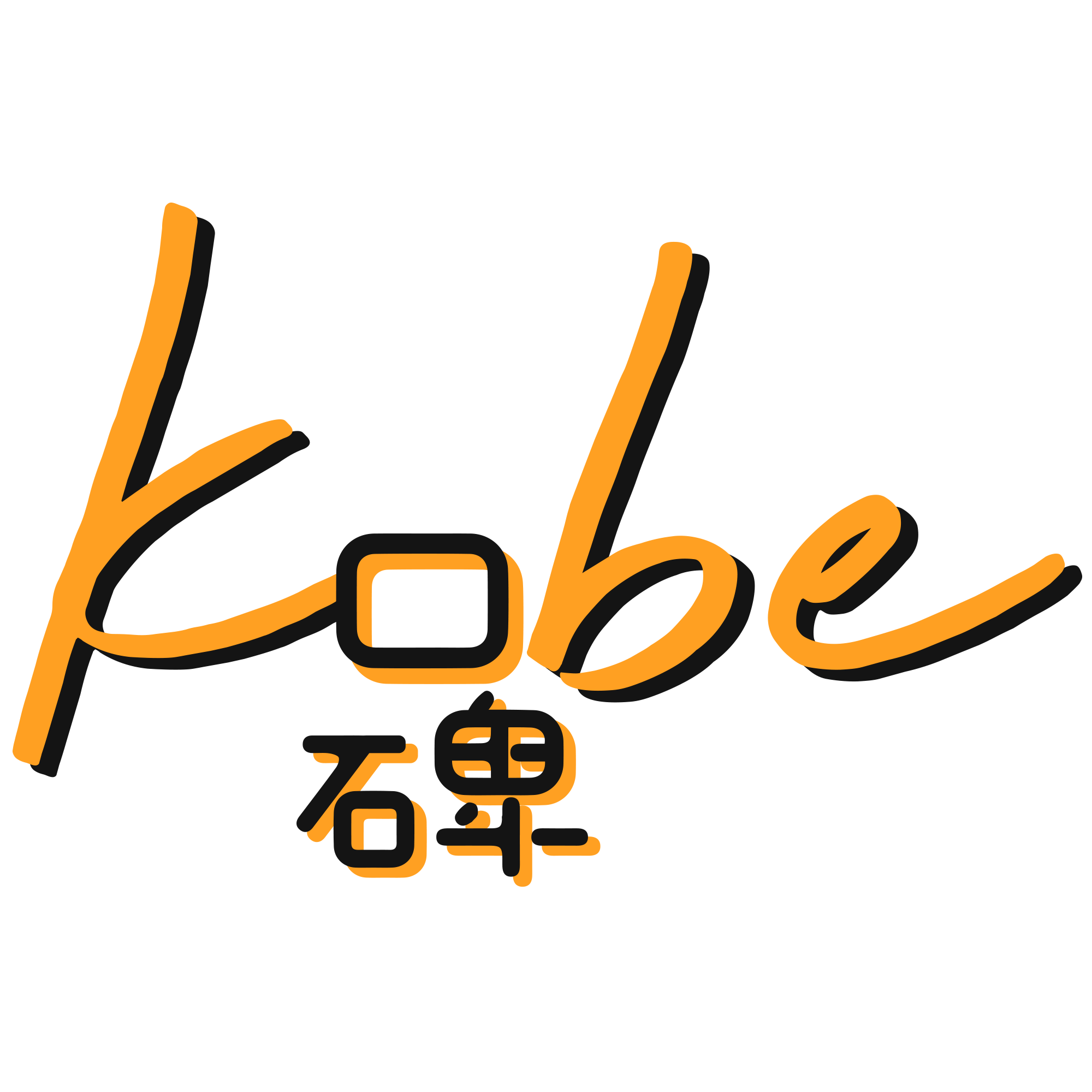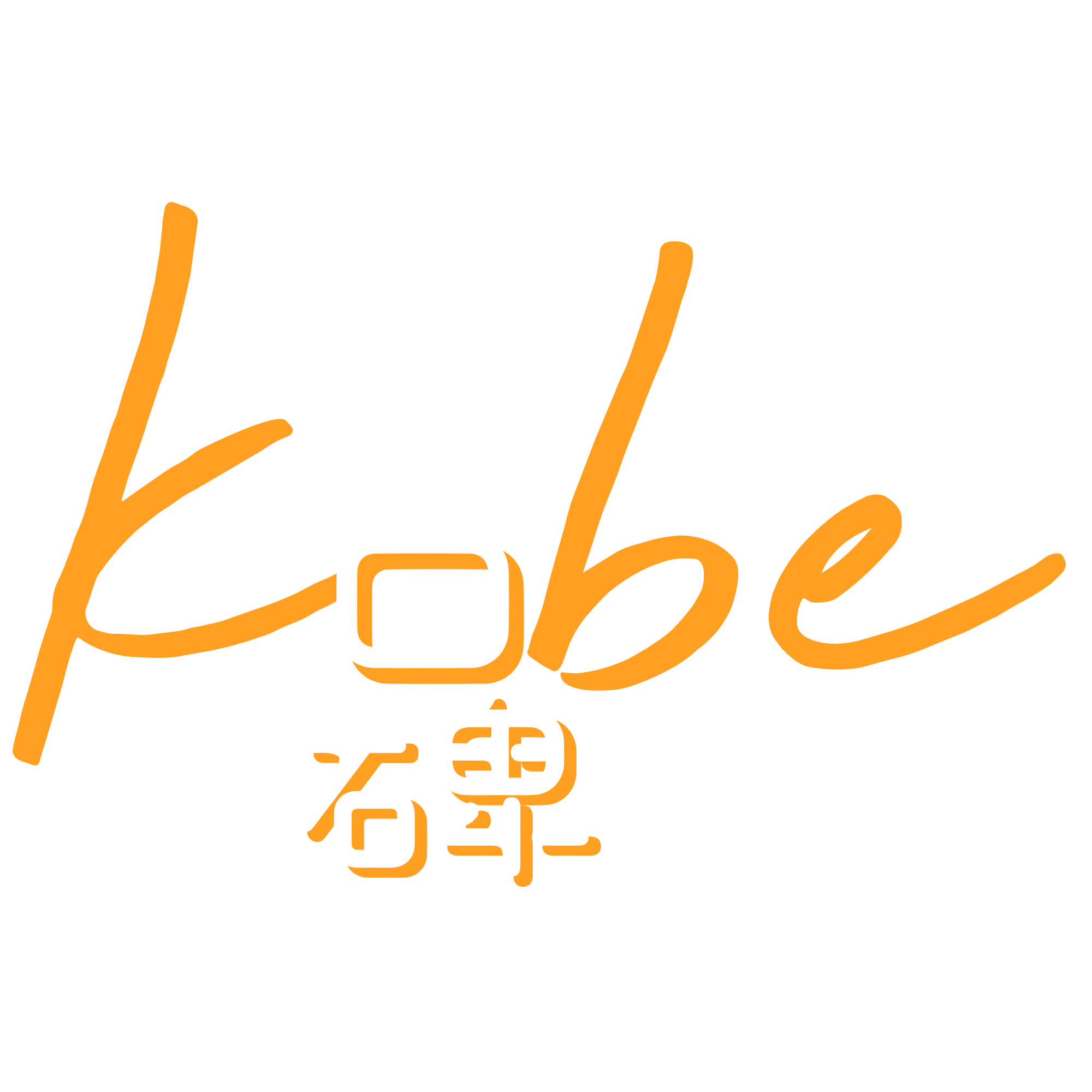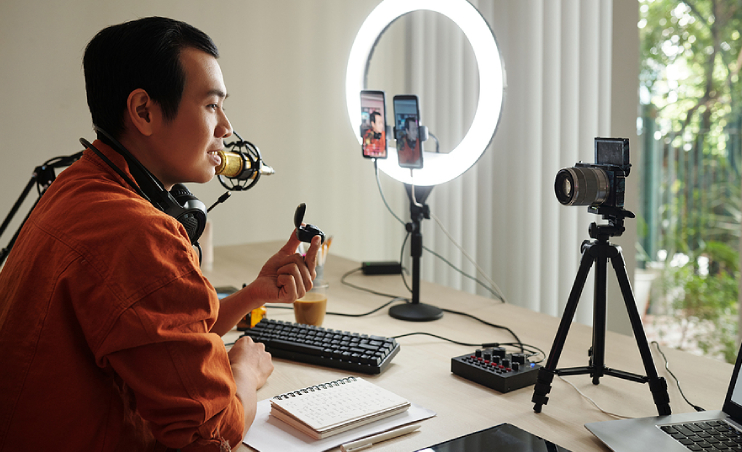 From what used to be a video platform for dance moves and lip-syncs, TikTok has evolved into the digital landscape we are so familiar with today, known for its vlogs, fitness tutorials, outfits of the day, and many other exciting video concepts.
From what used to be a video platform for dance moves and lip-syncs, TikTok has evolved into the digital landscape we are so familiar with today, known for its vlogs, fitness tutorials, outfits of the day, and many other exciting video concepts.
However, long before TikTok rose in the social media influencer space, Instagram was the critical platform for social influencers to thrive. While TikTok’s accelerated growth has been significant over the years, Instagram, in many ways, still remains the platform for creators and influencers who are looking to make it their career.
How does TikTok differ from Instagram?
TikTok is four years younger than Instagram. However, in those years differences, Instagram changed the way social posting engaged the online community, as well as introduced influencer marketing.
The key differences between the two giant platforms are:
- TikTok is a platform for short-form, vertical online video, and streaming
- Instagram is a platform for carousels, InstaStories, InstaReels, InstaTV, listicles, images, and streaming
There are several key differences between the two social platforms when it comes to audiences, algorithms, social commerce, and engagement.
Style of content
Instagram offers all forms of visual content, from short- to long-form videos and images in a grid style. Its algorithms favour historical activity on the app, which means that users are fed several similar styles of content on their feed or explore pages.
In contrast, TikTok focuses on short-form videos. Users can toggle between For You and Following. For You pages display content creators the algorithm thinks you will enjoy while Following displays content creators you are currently following. Because Tik Tok shows one video at a time, it encourages a complete view rather than a partial one, which means a higher rate of impression.
In addition, TikTok’s editing features and audio library are significantly more advance as compared to Instagram. Hence, TikTok is gaining traction with non-professional videographers.
Audience demographics
When it comes to demographics and age, Instagram reaches a broader range of audience. TikTok, on the other hand, is popular among teenagers and young adults. Because Instagram is now owned and managed by Meta (Its last name was Facebook), cross-platform interaction and promotion between the two media platforms are seamless. Hence, Instagram, when compared with TikTok, is the ideal marketing tool if your brand aims to reach the Baby Boomers generation or older Millennials who prefer to use Facebook.
Social commerce features
TikTok is still pretty new in its eCommerce features despite coming a long way in the past couple of years. That being said, we have seen a tremendous improvement in link sharing, such that users can quickly take action should they come upon a sponsored post they enjoy.
Instagram, on the other hand, remains one of the best social commerce platforms even today. Some key features include premium pay-per-click advertising, in-app shopping, branded AR filters, and IG Story swipe-ups.
Influencer marketing
That being said, it seems that while TikTok is catching up, Instagram is still maintaining its lead in influencer marketing. This is due to its social commerce and tenure strength. However, if you are looking for a marketing tool that boasts the highest engagement options in the creator space, then TikTok is the way to go. With features such as duets, challenges, stitches, and creating or reusing original audio, they made it easier for brands and influencers to generate user-generated content.
Nevertheless, some of the critical differences between influencers on TikTok and Instagram are:
1. TikTok influencers are experienced with audio and video: TikTok has a much more extensive audio library as compared to Instagram.
2. TikTok influencers’ content is more original and closer to home: Unlike Instagram, which is more associated with well-developed and polished content, TikTok influencers are known for their “homemade” content style, which is rawer and more relatable.
3. TikTok influencers are more into trendy challenges and user trends: TikTok content is filled with the latest trends and challenges, unlike Instagram. Hence, they appear more exciting and engaging for younger audiences.
4. TikTok influencers are highly experienced with in-app filtering and editing: Most TikTok influencers did not start off as professional videographers. Thanks to TikTok’s straightforward interface, it does not take long to produce quality videos without differing from the app. TikTok, when compared to Instagram, has a comprehensive filtering and editing feature, which promotes quality, on-the-go video editing styles.
5. TikTok influencers have to compete with lesser creators: Currently, it is significantly easier to gain followers on TikTok than on Instagram. There are millions of influencers on Instagram across varying influencer tiers, which allows brands to be pickier when choosing who they want to partner with. TikTok, on the other hand, while increasing rapidly, has a lower number of macro influencers, allowing closer attention from audiences during marketing campaigns.
Conclusion
Working with genuine TikTok influencers can connect your brand to new generations of engaged audiences. If the application’s sharp rise was not enough to convince you, the later launches of YouTube Shorts and Instagram Reels might show you how TikTok is the leading social media content expectation in the years to come.
Should you require experienced help with your influencer and KOL marketing campaigns, then head to https://www.getkobe.com/ or contact us at contact@getkobe.com. Our experienced teams are always happy to assist your brand in any way.






